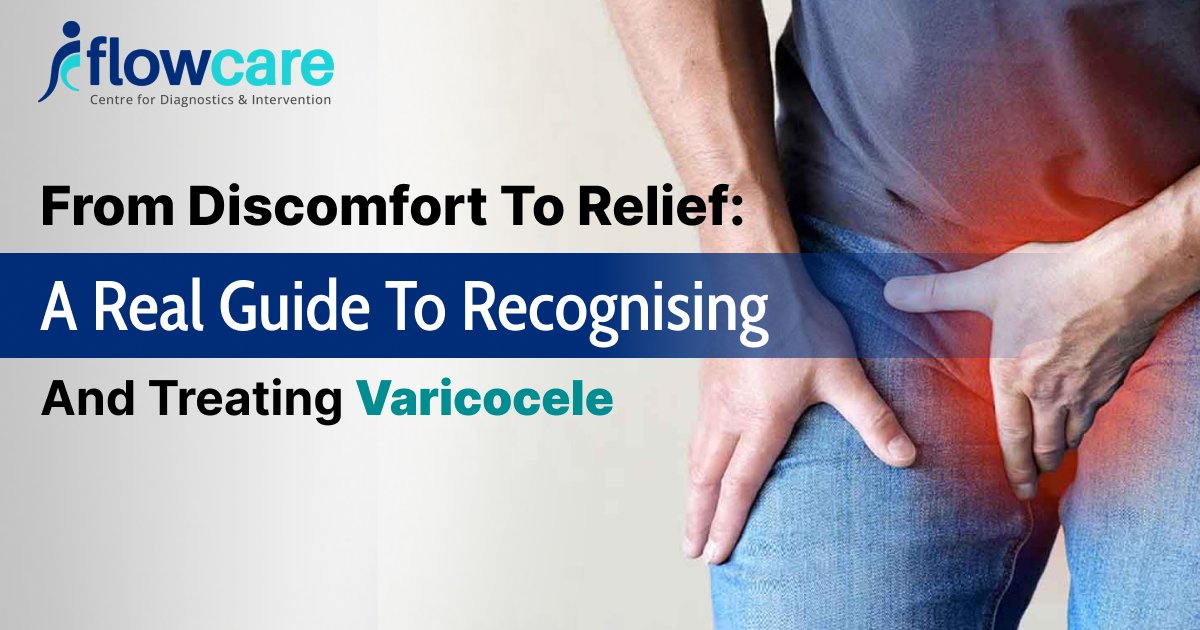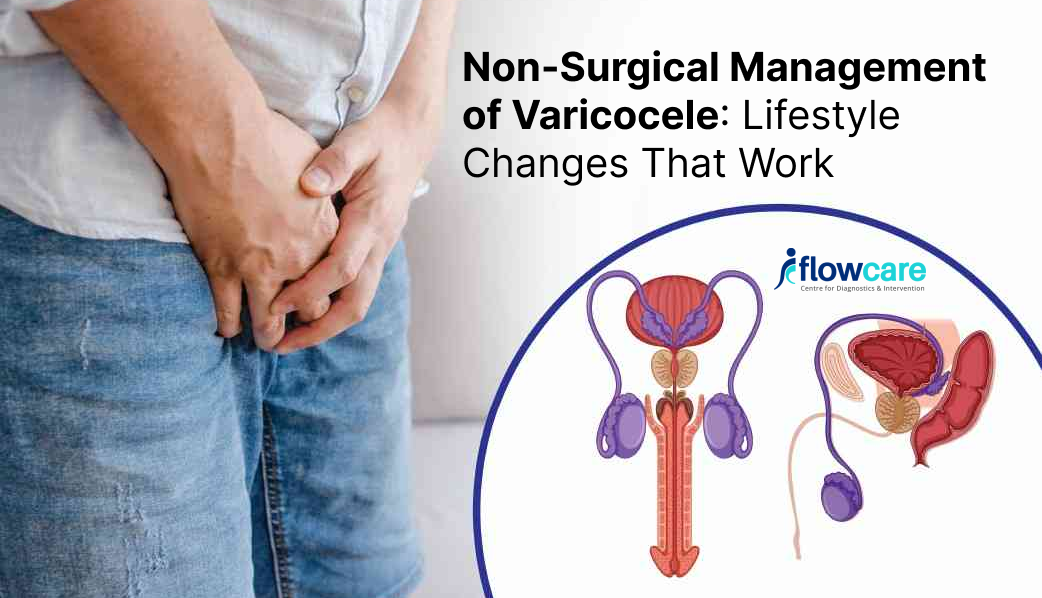
Top 5 Exercises for Joint Pain Relief
In today’s world, joint pain has become a common issue regardless of age, especially knee pain. It could create lots of difficulty in your daily life routine whether it is from arthritis, osteoarthritis, injury or wear and tear over time. But what makes it more complex is its incurable nature as it could return even after receiving proper treatment. However, with some exercises, you can manage the joint pain and lead a normal life. Additionally, these workouts improve joint flexibility and mobility. These exercises are easy to do and can be done at home on a daily basis. They can also be adjusted as per the fitness level of individuals. Let’s explore the exercises and how these exercises help with joint pain. Today we also discuss the available osteoarthritis treatment options that you could explore to manage knee pain.
Why Exercise Significant For Joint Pain
Prior to starting with the exercises, let’s discuss why movements are essential for the joint pain issue. We understand that when an individual is suffering from joint pain, they become vulnerable to physical movements. However, doing exercise is the best thing that you can do while suffering from joint pain.
Enhance Blood Flow
Physical activity ensures proper blood circulation and carries necessary nutrition and other elements to the joints that remove waste products from them.
Strong Muscles
Exercise strengthens the muscles which provide support to your joints. This helps in managing various issues like knee arthritis, osteoarthritis and arthritis.
Improve Flexibility
Movement of joints prevents stiffness and enhances mobility which reduces pain. It is very helpful for treating joint pain after injury.
These are the 5 most effective exercises in joint pain that can target every joint specifically. It includes exercise for neck, shoulder, knee, back and ankle joints. So let’s get started reading:
Neck Stretch
This is the most popular and simple workout for joint discomfort that you can do anywhere, at any time of day.
How to do it
To do this exercise, stand straight upright. Bring your ear near your shoulder as you slowly tilt your head to one side. After holding for 15 to 30 seconds, move to the opposite side. Do this three to five times or can do more as per your comfort.
Benefits
- Enhances Flexibility: This helps release stiffness by slowly boosting the neck’s capacity to move.
- Reduces Tension: In order to ease pain and tension, this technique stretches and relaxes the neck muscles.
- Cuts Down Headache Frequency: Reduces tension headaches, which frequently occur in strained neck muscles.
- Enhances Posture: By releasing tension in the upper back and neck, regular stretching helps enhance body posture.
Precaution
- Do not do Overstretching: Don’t extend the stretch too much. If you have severe pain, discontinue right away.
- Go Slowly: Quick or jerky movements might heighten the condition by weakening the joints or muscles.
- Be Aware of Dizziness: Stop the exercise and seek medical attention if you feel lightheaded or dizzy.
Shoulder Rolls
How To Do It
Stand upright keeping hands straight at your side and relax. Your shoulder should now be rotated ten times forward, and ten more times backward.

Benefits
- Improves Shoulder Mobility: Promotes better blood flow to the shoulder area, which helps in easing stiffness and increasing flexibility.
- Reduces Pain in the Shoulders and Upper Back: Promotes better muscle relaxation and releases tense muscles.
- Encourages Good Posture: Help in realigning crouched shoulders, and controlling imbalances in the post that cause discomfort.
- Reduces Tension in the Upper Back and Neck: Increases blood flow and relieves tense muscles in the area.
Precautions
- Keep Your Posture Correct: Make sure your shoulders are relaxed and your back upright. Do not lift them to your ears.
- Start modestly: Start with subtle rolls to prevent overstretching your shoulder muscles especially if you have rotator cuff issues.
- Avoid Adding Weight to the Exercise: Don’t add any weight to the exercise if you’re healing from an injury.
Cat-Cow Stretch
Create a table pose with all fours and keep your knees under your hips and wrist under your shoulder. Arch your back, lift your head and tailbone, and inhale. After a while exhale and round your back along with lowering your chin and pelvis. You can repeat this process for 2 minutes or 10-15 repetitions but do not over-do it.
Benefits
- Boosts Spine Flexibility: This improves the vertebrae’s range of motion and the mobility of the spine.
- Improves Circulation: Increases blood flow to the spine and back muscles, which can help with the healing process and the reduction of inflammation.
- Reduce Lower Back discomfort: Reduces the discomfort that occurs from a long time sitting by reducing stiffness in the lower back.
Precautions
- Avoid overarching your back: This process puts a lot of tension on the lower back which is especially dangerous for people who already have back problems.
- Use a Soft Surface: To protect your knees and wrists, do this exercise on a yoga mat or other soft surface.
- Breathe Slowly: To prevent putting unwanted strain on your spine, align your movement and breathing.
Knee Stretching
To do this exercise you need a chair. Seat on a chair relaxing with back straight and feet on the floor in a flat position. Now raise one leg in front with a straight knee and hold this position for a few minutes. After that, lower it and move on to the other leg. Do this with both legs for 10-15 times.
Benefits
- Muscle Strengthening: Increasing the strength of the muscles surrounding the knee helps to protect it from frequent damage and enhance joint stability. It helps in preventing issues like osteoarthritis in future by strengthening the knee muscles.
- Enhances Stability And Joint Mobility: Improves the knee’s range of motion, which is essential for pain-free walking and other exercises.
- Reduce Stiffness: Mild motions increase blood flow to the joint, which, particularly in arthritis sufferers, lessens stiffness.
Precautions
- Don’t Lock Your Knee: This exercise might cause joint strain, so refrain from locking or hyperextending your knee.
- Employ Proper Support: To prevent putting undue strain on your hips or back, sit in a chair that is solid and offers adequate back support.
- Stop If You Feel Sharp Pain: If you feel severe or ongoing pain, give up on the exercise and see a doctor.
Ankle Circles
Sit or lie down with one leg extended. Slowly rotate your ankle in a circular motion in one direction 10-15 times, then reverse the direction. Repeat for both ankles. You can do 3-4 sets of this exercise for better mobility.
Benefits
- Increases Ankle Flexibility: Improves the range of motion in the ankle joint, helping prevent stiffness.
- Enhances Balance and Coordination: Strengthens the muscles around the ankle, improving overall stability and balance.
- Reduces Swelling: Helps with circulation in the lower leg, which may reduce swelling and stiffness in the ankle.
- Prevents Injuries: Strengthens and stabilizes the ankle, reducing the risk of sprains or other injuries.
Precautions
- Avoid Fast Movements: Perform slow, controlled circles to avoid unnecessary strain or injury to the joint.
- Don’t Over-rotate: If you feel resistance, don’t push through the movement, as this could strain the ligaments.
- Use Support If Needed: If your balance is compromised, hold onto a stable surface while doing the exercise to prevent falls.
Conclusion
With these 5 exercises, you can target all your joint points and enhance the mobility. Flexible joints ensure lesser pain with the age factor and also it ensures the fast recovery after an injury. However, despite precaution and exercise, you are not getting any improvement in osteoarthritis symptoms then you should get professional help. To get the osteoarthritis treatment, you can choose treatment like Genicular Artery Embolization. The GAE is a minimal invasive treatment that is used to treat the knee pain by reducing the blood flow to the affected area.
However, choosing a new treatment for osteoarthritis is not enough to get the best result, a qualified professional and expert is also required. If you are in Jaipur or nearby area then Dr. Rajendra Bansal is top notch choice for getting treatment. He has an extensive experience of more than 12 years and holds a record of managing over 5000 cases with effective results.






